Description
Cobalt Sulfate Heptahydrate: More Than Just a Pretty Pink Salt
We often encounter chemical compounds in our daily lives without giving them much thought. One such compound, with its striking pink hue, is Cobalt Sulfate Heptahydrate. While the name might sound complex, it’s a relatively common inorganic salt with a surprisingly wide range of applications. Let’s delve into what makes this compound unique.
What is Cobalt Sulfate Heptahydrate?
At its core, is salt is a chemical compound made up of cobalt, sulfur, oxygen, and hydrogen. The “heptahydrate” part of the name indicates that each molecule of cobalt sulfate is associated with seven molecules of water. Its chemical formula is CoSO₄·7H₂O. This water of crystallization is responsible for both its characteristic pink color and its crystalline structure. When heated, the water is released, and the salt takes on a more reddish-purple hue.
Key Properties:
Appearance: As mentioned, it typically presents as beautiful, rose-colored crystals or granules. The intensity of the pink color can vary depending on the hydration and purity of the sample.
Solubility: This salt is highly soluble in water, forming a clear, pink solution. It is also soluble in methanol.
Stability: While stable under normal conditions, it can be deliquescent, meaning it absorbs moisture from the air.
Chemical Reactivity: As a cobalt salt, it can participate in various chemical reactions, making it useful in several applications.
Magnetic Properties: Cobalt itself is ferromagnetic, but the compound doesn’t exhibit noticeable magnetic properties.
Where is it Used?
This cobalt salt, finds uses in a surprising number of industries and applications:
Battery Technology: Perhaps the most well-known application of cobalt salts is in the production of rechargeable batteries, particularly lithium-ion batteries. Cobalt helps to enhance battery performance, stability, and charge capacity. While it’s not the only form of cobalt used in batteries, Cobalt Sulfate Heptahydrate is a crucial precursor in the manufacturing process.
Pigments and Dyes: The intense pink color of Cobalt Sulfate Heptahydrate makes it useful in creating various colored pigments and dyes. It’s often used to obtain specific shades of pink, red, and purple in ceramics, glass, and paints.
Animal Feed Supplements: Cobalt is a trace element essential for the health of certain animals, particularly ruminants (cows, sheep, etc.). Cobalt Sulfate Heptahydrate is sometimes added to animal feed as a supplement to prevent deficiencies.
Electroplating: Cobalt salts are used in electroplating processes to create a protective and aesthetically pleasing layer on metals. This layer improves corrosion resistance and can give items a unique finish.
Chemical Applications: In the laboratory, Cobalt Sulfate Heptahydrate serves as a precursor in the synthesis of other cobalt compounds and as a catalyst in a range of chemical reactions.
Safety Considerations:
It’s important to note that while Cobalt Sulfate Heptahydrate is used in various essential applications, it should be handled with care. It’s a potential irritant to the skin and respiratory system, and prolonged exposure can be harmful. As a general rule, it should be kept away from children and pets, and proper safety precautions should be taken when handling it, including the use of personal protective equipment (PPE). In some cases, cobalt can be toxic so always refer to the safety data when handling.
Conclusion:
Cobalt Sulfate Heptahydrate, with its distinctive pink color and unique properties, is much more than meets the eye. Its versatility allows it to play a significant role in diverse industries, from battery manufacturing to art and animal feed. While it’s important to be aware of the proper safety precautions for handling this compound, its impact in various fields is undeniably significant. As technology advances, particularly in battery development, the importance ofthis cobalt salt, is likely to increase even further.

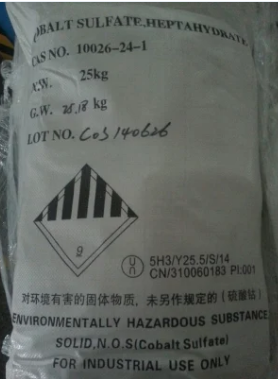
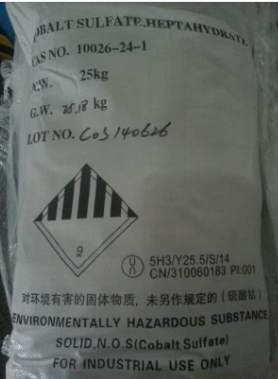
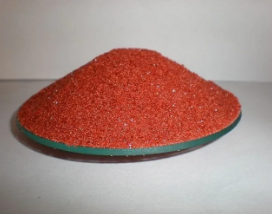
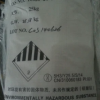

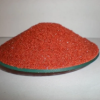

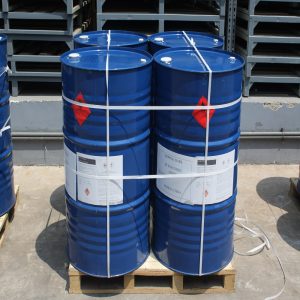
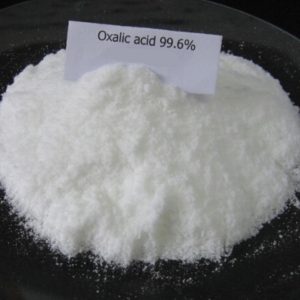


Reviews
There are no reviews yet.